You have just purchased lighting for your indoor horse arena, and are waiting for the fixtures to arrive. The arena is used for casual training and is 80′ x 120′ and rectangular in shape. The ceilings of your arena are 16′ high. In order to light your arena, you have done enough research to know which LED fixtures will be most cost-effective while producing enough lumens to keep the average footcandles to 30 within the confines of the arena.
When your light fixtures come in and your electrician installs the light fixtures, you’re impressed by the lumen output but can’t figure out why there is blinding glare every time you look up at the ceiling! The glare is irritating to the horses and riders as well and their performance suffers.
After all of the effort you’ve just put in to light your riding arena, it’s very disappointing to find out that you don’t like the glare. Perhaps you should have considered a fixture with a diffuser!
What is a Diffuser?
A diffuser is a polycarbonate lens that is fitted over the LED modules of several types of fixtures. It is factory-installed at our production facility and meant to remain on the fixture for the duration of its life and use. One polycarbonate diffuser is fitted over each module, so an EPTA linear fixture will only need one, while an APTA sports lighter will be fitted with many diffusers.
The diffusers can be removed with a screwdriver to expose the LED modules underneath but we generally do not recommend taking these off. They are shatterproof and durable and come at no extra cost to the customer as they are considered a type of beam spread (150 degrees).
The diffuser produces a softly-diffused light effect in a near-perfect circle. The optics are shown in the image below. The frosted polycarbonate lens eliminates glare by filtering the light from the modules. This is especially beneficial within places with low ceilings as the light is not as bright looking straight up. From an aesthetic standpoint, customers may prefer diffusers simply because they enjoy the soft-focus look that they deliver, and many customers think that they look more visually pleasing than just LED modules by themselves.
Do You Need a Diffuser?
Access Fixtures generally recommends diffusers if your lighting project meets the following criteria:
- You are using an APTA, APTO, or EPTA fixture
AND:
- Your lighting project is indoors, especially with ceilings lower than 20′ high
- You are worried about hotspots and glare on a sports area or other outdoor project
- You like the look that T5D polycarbonate diffusers lend to lighting projects.
Obviously, choosing whether or not to use a diffuser is a personal choice that only the customer can decide. Diffusers are not necessary and they only come standard with Access Fixtures’ No-UV – No Light Under 450 nanometers fixtures.
Wrapping it Up
If you’re worried about hot spots or glare, especially in enclosed, indoor spaces with lower ceilings, Access Fixtures recommends fixtures with diffusers. With polycarbonate diffusers, glare can be prevented easily, and at no additional cost. Purchasing any APTA, EPTA, or APTO fixture will give you the option to add a diffuser.
If you are unsure how to light your space or are looking for guidance, Access Fixtures recommends signing up for a photometric analysis. A photometric analysis is a computerized simulation that utilizes the best optics possible for your lighting project. Click the link to the right to sign up today.
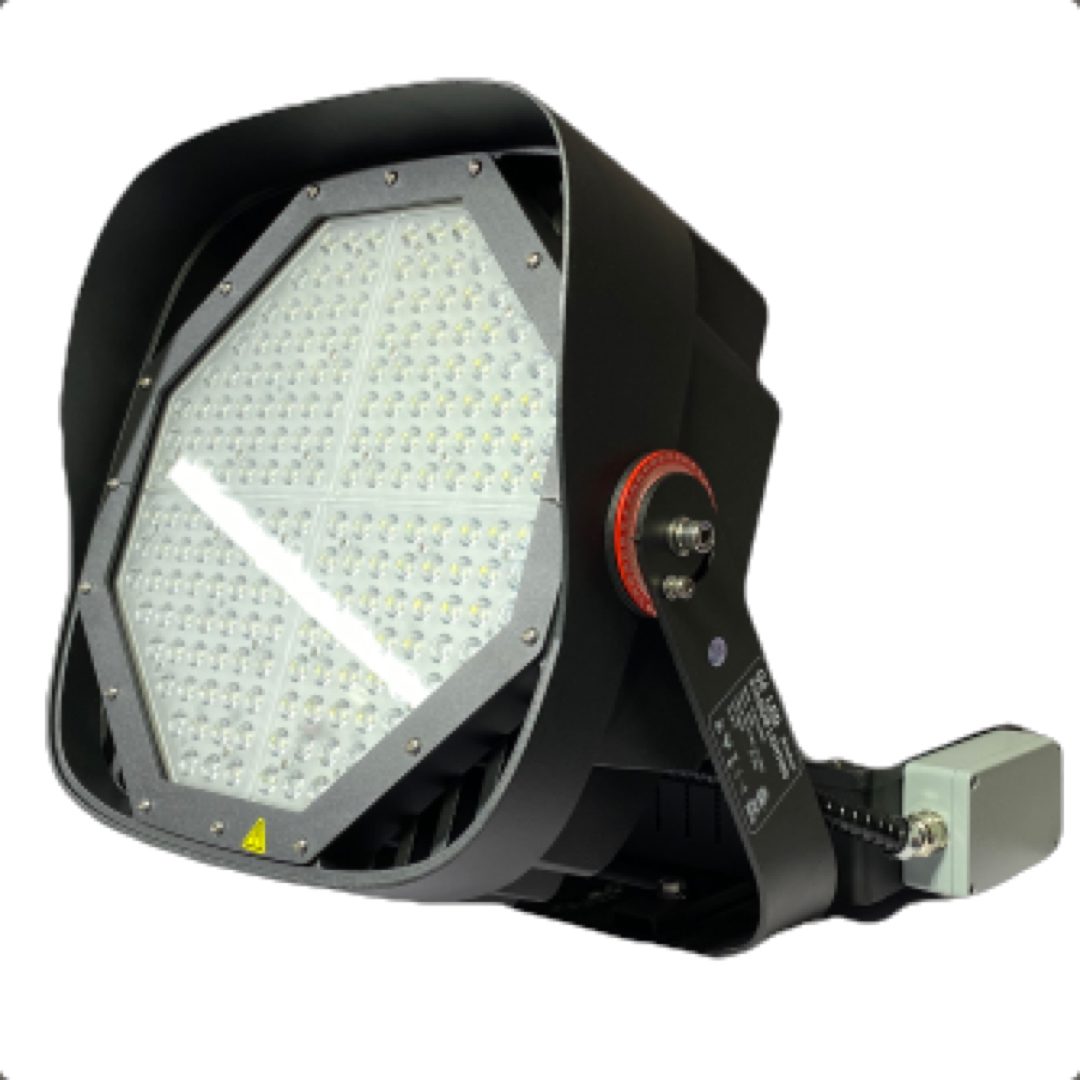
Lightweight LED Sports Light – STAK
Access Fixtures, a Massachusetts-based commercial and industrial lighting manufacturer, has released a new lightweight LED sports light called the STAK. Available in four different wattages, the STAK is a high powered sports lighting fixture with maximum efficiency...
Sorry No Results Found
The page you requested is no longer on the site. Try refining your search using the search box, or use the navigation above to locate the post.
You can also call us at 800-468-9925 or Chat with a Live Certified Lighting Specialist. Or...
Recent Blog Posts
 Photometric Studies Simulate Proposed Lighting Solutions
Photometric Studies Simulate Proposed Lighting Solutions
Photometrics, photometric studies, and photometric analyses are different names for simulated lighting designs.
Their objective is to determine if a proposed plan will meet the specifications required for the project.
In other ...
 Steel Poles and Hardware for Pole-Mounted Light Fixtures
Steel Poles and Hardware for Pole-Mounted Light Fixtures
Access Fixtures light poles and hardware are protected from rust and corrosion with a baked-on, polyester powder-coat finish, which helps guarantee ideal hardness and weather resistance. The consistent durability of ...
 The Future (and Present) Is LED
The Future (and Present) Is LED
LED Lighting - Exponential Growth
LEDs have been improving exponentially over the past few years. Today, some LEDs last as long as 400,000+ hours; can come with custom Kelvin temperatures, CRIs, ...
Induction Lighting
Overview Invented in 1890 by Nikola Tesla and used commercially over the past 16 years, induction technology is basically fluorescent lamp lighting without electrodes. It uses magnetic induction to ignite the ... LED Indoor Pool Lighting Upgrade for a Nebraska Hotel
LED Indoor Pool Lighting Upgrade for a Nebraska Hotel
How a Hotel Used LED Indoor Pool Lighting to Improve Light
A hotel in Nebraska contacted Access Fixtures for help upgrading to LED indoor pool lighting. The owners of the hotel ...

Lighting Question: What type of tennis court lighting do I need?
A potential client contacted Access Fixtures inquiring about providing tennis court lighting for their community. The facility has 6 courts and the client is willing to provide the tennis court lighting, but did not want to be responsible for the ongoing cost of...

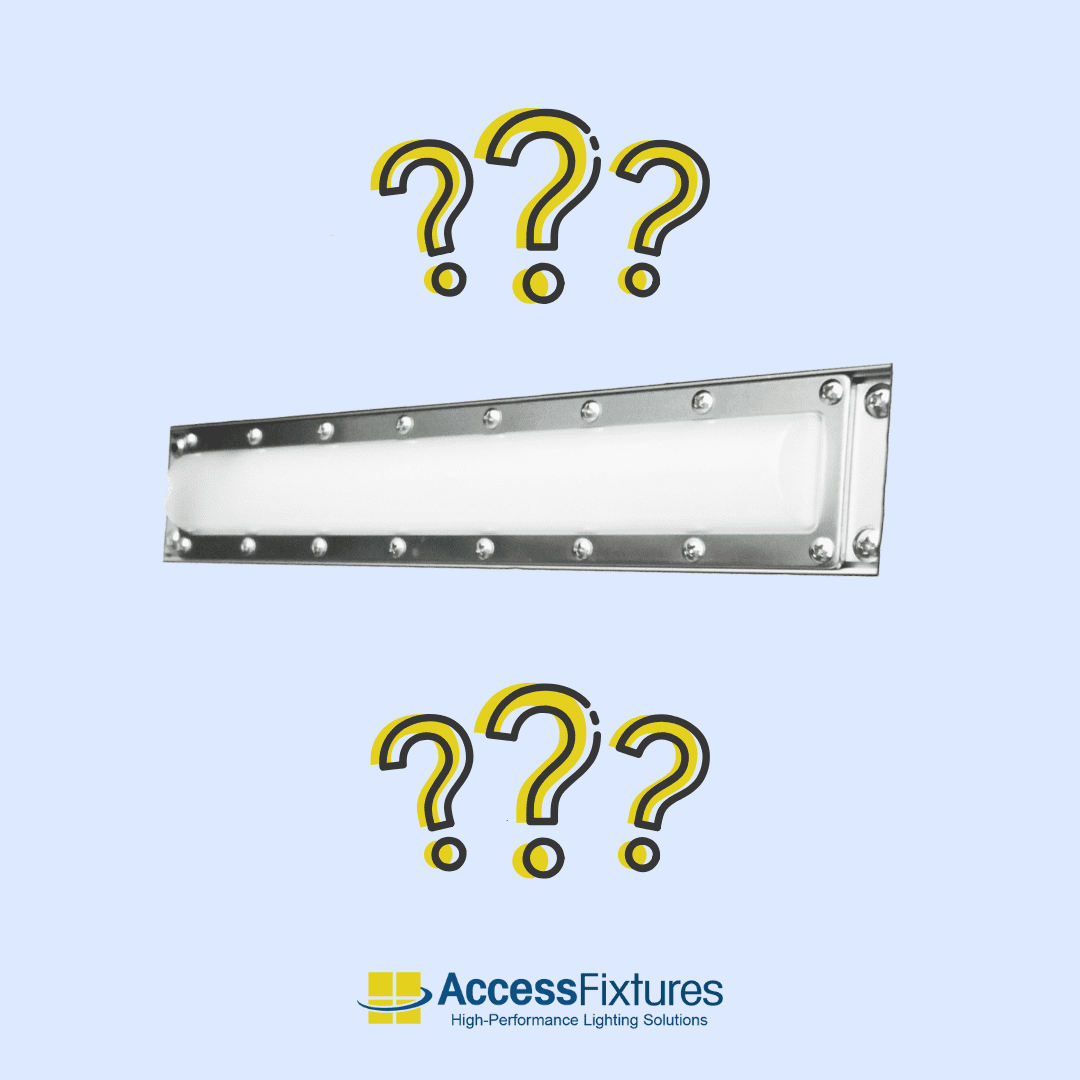
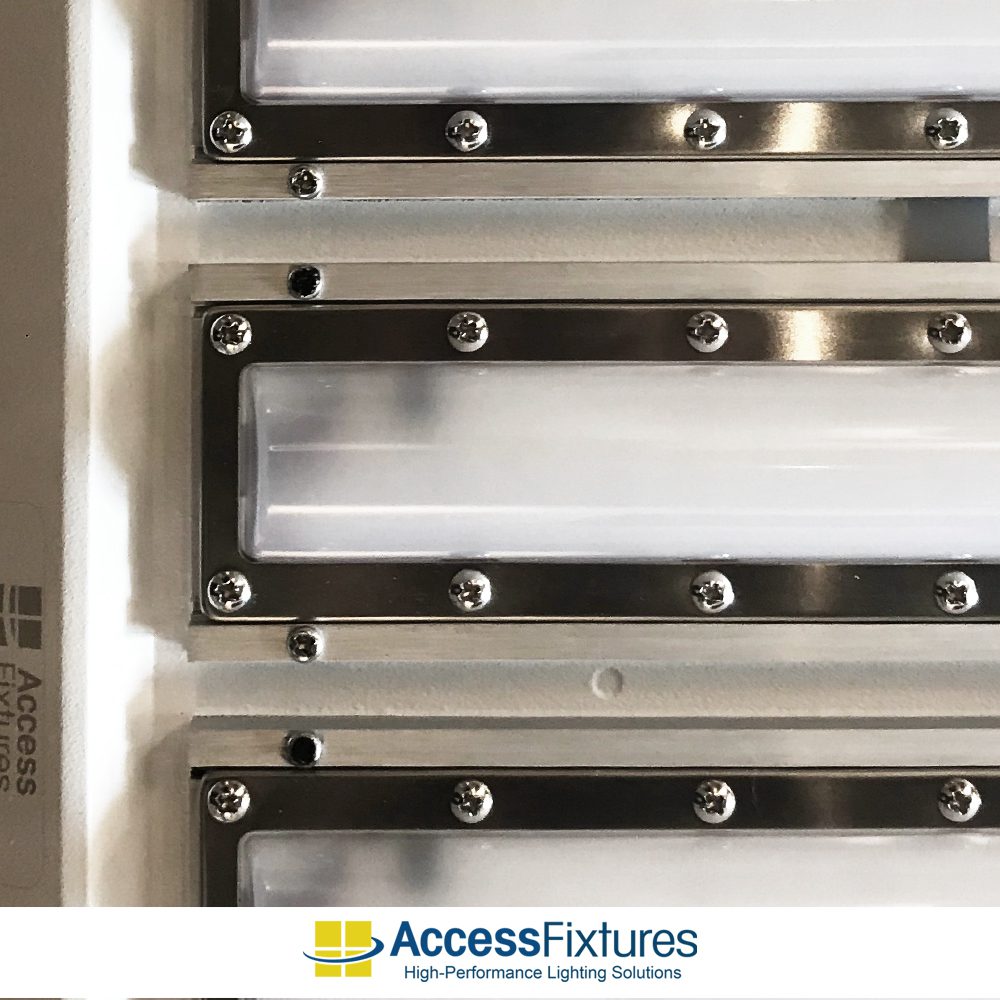
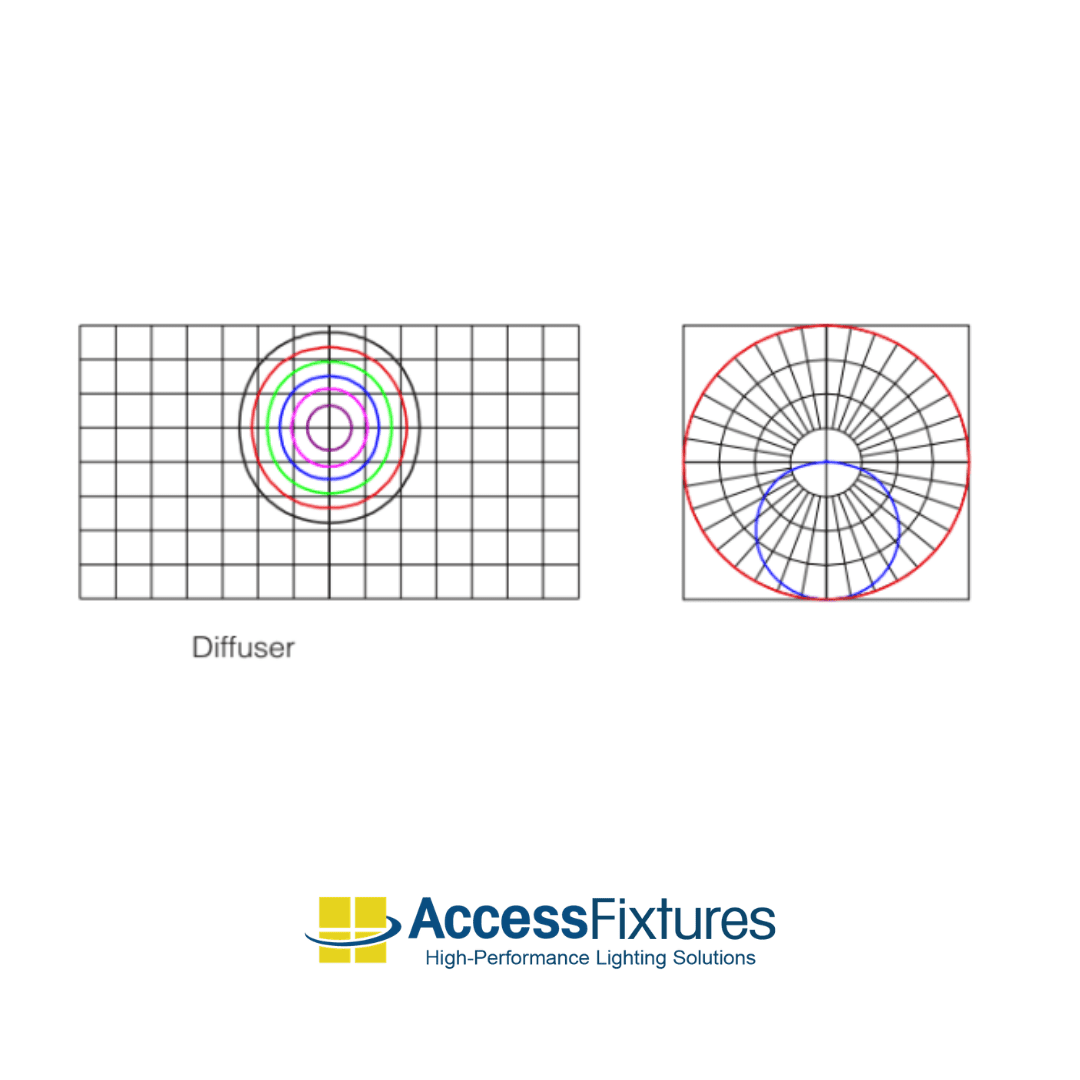
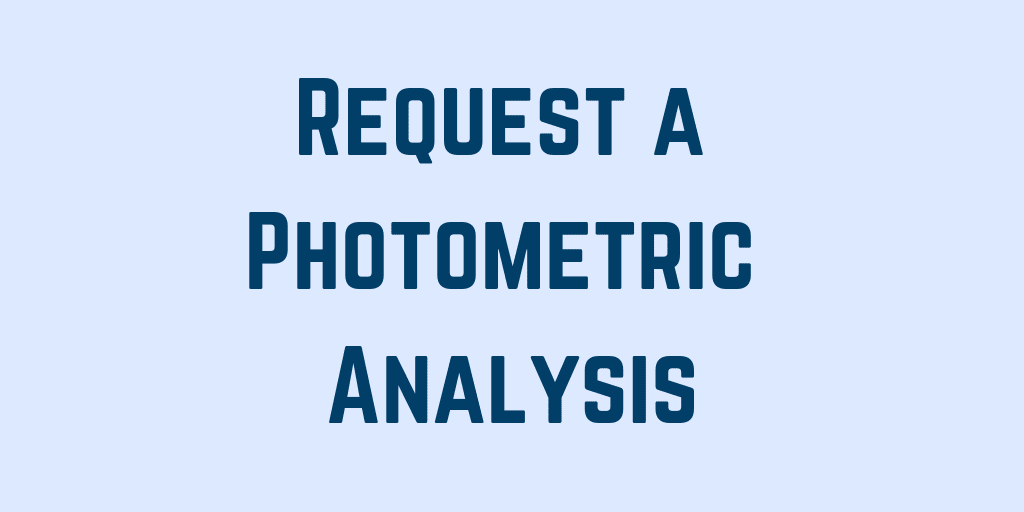
 Photometric Studies Simulate Proposed Lighting Solutions
Photometric Studies Simulate Proposed Lighting Solutions Steel Poles and Hardware for Pole-Mounted Light Fixtures
Steel Poles and Hardware for Pole-Mounted Light Fixtures The Future (and Present) Is LED
The Future (and Present) Is LED LED Indoor Pool Lighting Upgrade for a Nebraska Hotel
LED Indoor Pool Lighting Upgrade for a Nebraska Hotel